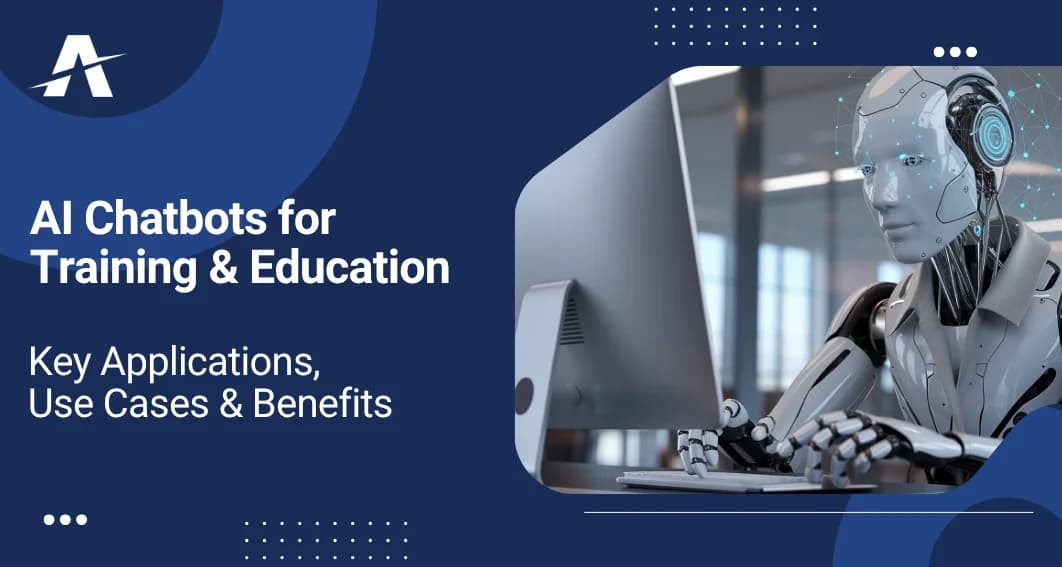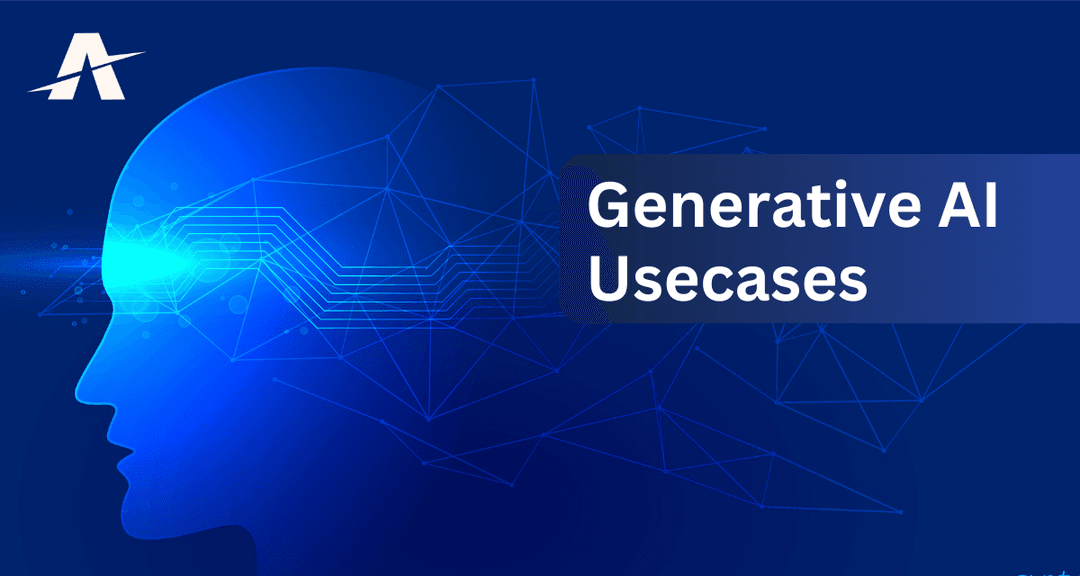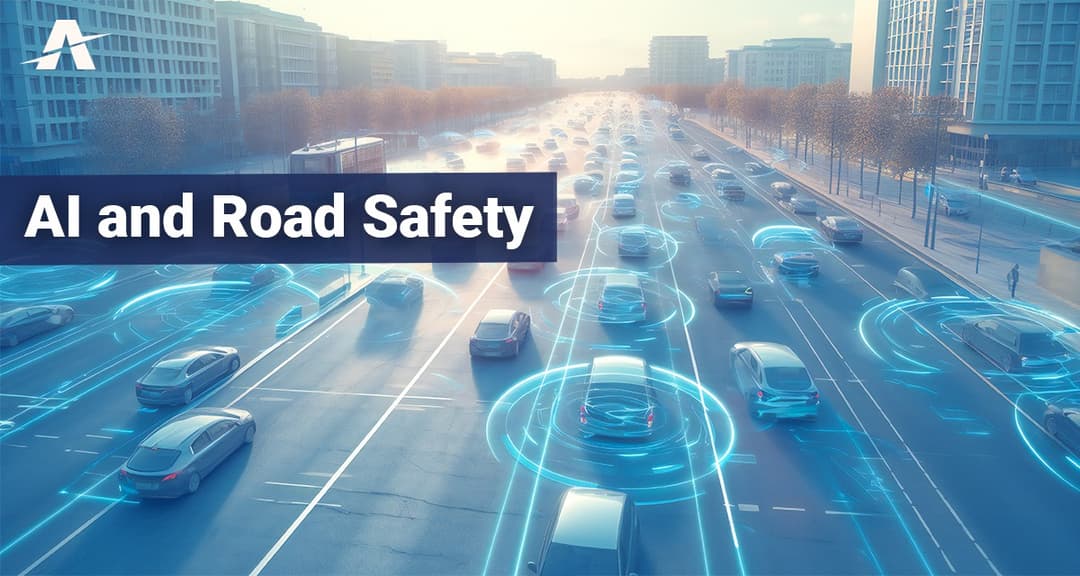Chatbots are changing how training and education work by making learning faster, easier, and more interactive. They provide instant help to learners whenever they have questions, offer personalized learning based on each person’s needs, and can assist many people at the same time without any delays.
These AI-powered tools are no longer used only for customer service they have become smart learning assistants. Today, chatbots are helping students understand lessons more clearly, supporting teachers by handling routine tasks, and helping companies train their employees with up-to-date knowledge and guidance.
With their ability to work 24/7, chatbots are making education more accessible, organized, and effective for everyone involved.
What Are Educational Chatbots?
Educational chatbots are AI-powered virtual assistants designed to interact with learners—students, employees, or trainers—in a conversational way. They use natural language processing (NLP) and machine learning to:
- Answer queries in real-time
- Deliver learning content and quizzes
- Track progress and performance
- Automate administrative workflows
- Personalize learning paths
These chatbots operate across platforms—web, mobile apps, LMS portals, and messaging apps—making education more scalable and learner-friendly.
Top Applications of Chatbots in Education & Training
Here are the most impactful use cases of educational chatbots, backed by real-time insights:
1. Personalized Learning Assistance
Over 72% of students say they feel more motivated with personalized learning. Chatbots recommend quizzes, video lessons, or reading materials based on each learner’s pace and interests—ideal for online courses or MOOCs.
2. Instant Doubt Resolution
Many students hesitate to ask questions publicly. AI chatbots enable private, judgment-free doubt clearing. For example, a math chatbot can guide a student step-by-step through an equation.
3. Automating Admin Tasks
Chatbots streamline repetitive academic tasks such as:
- Course registration
- Class scheduling
- Exam reminders
- Syllabus sharing
Example: A university chatbot can handle thousands of inquiries during admissions without human delay.
4. Virtual Corporate Training Assistants
In corporate environments, chatbots assist with:
- Onboarding
- Compliance training
- Continuous learning modules
They quiz employees, track certifications, and recommend upskilling resources—all autonomously.
5. Language & Exam Preparation
Language-learning platforms use AI bots to simulate conversations in English, Spanish, etc. Exam prep tools like SAT, GRE, and IELTS integrate chatbots for practice quizzes and instant feedback.
Real-Time Use Cases of Chatbots in Education
1. Duolingo’s Chatbot for Language Learning
Duolingo’s AI chatbot mimics human-like conversations to improve language skills. It offers contextual vocabulary feedback and conversational fluency.
Result: Over 500 million users experience improved retention with chatbot interaction.
2. Georgia State University – Chatbot “Pounce”
GSU implemented the chatbot “Pounce” to manage student queries on registration, orientation, and financial aid
Impact: Reduced summer melt by 22%, saving student services thousands of hours.
3. IBM Watson for Corporate Learning
IBM uses Watson chatbots for internal employee training across multiple departments
Benefit: Reduces training costs and support overhead by automating HR Q&A and learning resources.
Benefits of Chatbots in Education and Training
| Benefit | Impact |
|---|---|
| 24/7 Availability | Access to learning and help anytime, anywhere |
| Personalized Learning | Tailored content improves engagement and retention |
| Cost Efficiency | Reduces reliance on human instructors for repetitive tasks |
| Scalability | Supports thousands of learners simultaneously |
| Smart Data Insights | Tracks progress and highlights areas needing improvement |
| Higher Engagement | Interactive formats drive up completion and participation rates |
How Chatbots Improve Learning Outcomes
a. Immediate Feedback
Students receive instant feedback on assignments, helping them understand mistakes in real-time.
b. Gamified Learning
Incorporates points, badges, and quizzes to make lessons fun and motivating.
c. Accessible for All
Supports voice commands, screen readers, and multi-language interfaces—ideal for inclusive learning.
Chatbots for Corporate Training: Why It’s a Game-Changer
1. Efficient Onboarding
New employees can interact with chatbots to learn about company policies, tools, and processes.
Result: Reduces onboarding time by up to 50%.
2. Microlearning Delivery
Chatbots offer bite-sized learning modules on demand—ideal for mobile-first learning environments.
3. Performance Monitoring
They track user progress, identify knowledge gaps, and recommend reskilling content accordingly.
Challenges to Address
Despite their value, chatbot adoption comes with limitations:
- Limited emotional understanding
- Inability to handle complex or ambiguous questions
- Occasional misinterpretation of tone or intent
- Dependence on device availability and internet access
Tips for Successful Implementation
- Pick the right platform: Tools like ChatGPT API, Dialogflow, or Tars offer flexible integrations.
- Deploy across channels: Ensure your bot works on web, mobile, WhatsApp, and LMS.
- Include human fallback: Allow escalation to live support for complex issues.
- Track performance: Use analytics to continuously improve chatbot responses and flow.
- Set clear goals: Define what problems the chatbot will solve (e.g., tutoring, admin, onboarding).
The Future of Chatbots in the EdTech Industry
As AI advances, educational chatbots will become even more dynamic, responsive, and emotionally intelligent.
Emerging Trends:
- Emotionally-aware AI tutors
- Multilingual, real-time translation
- Voice and AR/VR integrations for immersive learning
- Track performance: Use analytics to continuously improve chatbot responses and flow.
- Predictive learning journeys based on student behavior Industry Forecast: The global education chatbot market is projected to surpass $1 billion by 2028, growing at a CAGR of over 24%
Chatbots in training and education are no longer experimental—they are essential. Whether it's supporting teachers, helping students learn smarter, or improving corporate L&D strategies, chatbots are transforming how we acquire knowledge. Their impact is measurable, their applications are expanding, and their role in the EdTech industry is here to stay.
Frequently Asked Questions (FAQ)
Q1: What is an educational chatbot?
An educational chatbot is an AI-powered assistant that helps with learning tasks like answering questions, delivering lessons, and guiding learners.
Q2: How do chatbots improve learning?
They provide real-time answers, personalized content, progress tracking, and reminders—making learning easier and more engaging.
Q3: Can chatbots replace teachers or trainers?
No. They support, not replace, human educators by automating routine tasks and enhancing the learning process.
Q4: Are chatbots useful for corporate training?
Yes, they simplify onboarding, deliver microlearning, quiz employees, and track training progress effectively.
Q5: Do chatbots work 24/7?
Yes, they’re always available to support learners across time zones and schedules.
Q6: Can chatbots support different languages?
Yes, many modern chatbots support multilingual communication for global learners.
Q7: What platforms can educational chatbots be used on?
They can be integrated into websites, apps, messaging platforms like WhatsApp or Slack, and Learning Management Systems (LMS).













